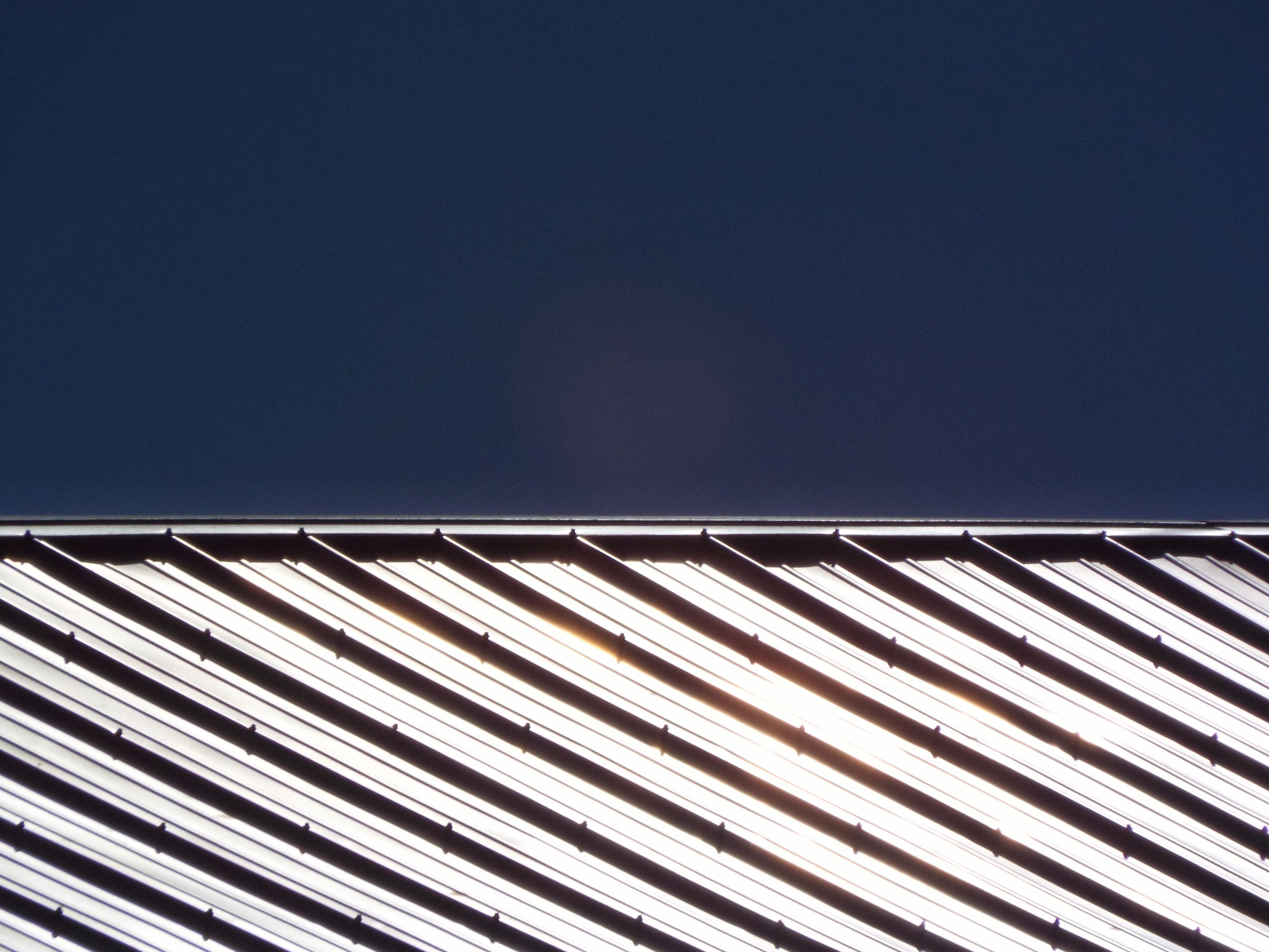Research Shows the Benefits of Cool Roofs for Building Energy Savings
On July 19, 2010, Secretary of Energy Steven Chu announced that cool roofs would be mandatory on all Department of Energy (DOE) facilities. He also urged other federal agencies to follow suit. Chu, who is also a Nobel-prize winning scientist, cited a possible 10 to 15 percent reduction in building energy use, depending on the configuration of the building and other variables, "simply by having a white roof."
But energy savings isn't the end of the potential benefit of cool roofs. Two further reasons Chu mentioned for his advocacy of cool roofs are the role they can play in helping to mitigate global warming and their ability to reduce urban heat islands — whereby dark roofs and asphalt pavements in concentrated urban areas increase the air's ambient temperature between 6 and 8 degrees compared to suburban or rural areas. From 50 to 65 percent of urban surfaces are covered with roofs or pavement, and Chu cited a Lawrence Berkeley National Laboratory (LBNL) study that says increasing the reflectance of those surfaces would have the same effect in terms of global warming mitigation as removing every car in the world from the road for 11 years.
That's an impressive number, to be sure. But further quantifying the potential benefits of cool roofing will be the goal of what will be a several-years long DOE initiative. The Cool Roofs Roadmap lays out research into the exact impact of cool roofing on three levels: trimming building energy use, mitigating the urban heat island effect and reducing global warming. The Cool Roofs Roadmap, currently in draft Version 2.0, is expected to be finalized by the end of this fiscal year, according to Marc LaFrance, building envelope program manager at DOE. The roadmap builds on current and past research to provide proof, and therefore act as a basis for policy, of cool roof benefits.
For now, however, in order to understand what's to come, let's take a look at the current state of cool roofing research and other initiatives that facility managers should know about if considering a cool roof for their own facilities.
Building Level: Energy Savings
A 2010 LBNL study showed that the average annual savings when substituting a .55 weathered reflectance cool roof for a .20 weathered reflectance gray roof is 5.02 kWh per square meter of roof surface. The study also showed that the savings are greater in areas of the country with higher air conditioning loads where an upper range benefit of 7.69 kWh per square meter was possible.
Cool roofs having greatest benefit in air conditioning-heavy climates makes logical sense. The idea also jibes with an important change to the most recent version of the ASHRAE 90.1 energy code. The 2010 version makes cool roofs a prescriptive requirement for Climate Zones 1 through 3. Roofs in those areas — the South, Southwest, and most of California — that adopt the code must install roofs with a minimum three-year weathered reflectance of .55, and three-year weathered emittance of .75. Infrared emittance is the measure of how much radiation a surface re-emits to the atmosphere.
Using weathered results, as opposed to new, represents a shift in the industry in how cool roof effectiveness is measured, as well. New cool roofs can exhibit reflectance numbers as high as .75 or .80. Energy Star labels roofing products with initial reflectances of .65 on low slope roofs. But the industry is beginning to understand that the true measure of how well the roof will perform depends not on its initial reflectance number, but on its weathered. "Every cool roof gets soiled and loses performance over time," says LaFrance. "So it's very important to base energy calculations on aged value, not new."
That is exactly what DOE's new Roof Savings Calculator does. Facility managers can go to www.roofcalc.com, enter several variables, such as area of the country, building type, heat and cooling type, and efficiency. They also enter characteristics of their existing roof and proposed cool roof, including weathered reflectance and emittance ratings. The resulting calculation shows the potential annual energy savings (or loss) with a cool roof. According to André Desjarlais, group leader of the Building Envelope Program at Oak Ridge National Lab, the calculator was relaunched late last year to accomplish a few goals. First, he says, it combines two calculators into one. Previously, the Environmental Protection Agency (EPA) and DOE each had its own cool roof calculator. These two calculators were programmed with slightly different assumptions and therefore gave different results.
The new calculator combines research and analysis from both agencies to be more comprehensive. This is the second accomplishment of the new calculator: It's more sophisticated than either of the previous two in terms of how it allows facility managers to enter data about their facilities. Basically, there are more variables. "The old calculators didn't specify a building type," says Desjarlais. "They assumed the roof was floating above space. Now the calculator is more sophisticated. We tried to make it more thorough, to cover more scenarios."
Part of DOE's Cool Roofs Roadmap is to expand and improve the Roof Savings Calculator and to benchmark its results against actual experimental data. Another part of the plan is to study several different types of roofing, such as vegetative roofs and roof coatings, to determine energy savings potential.
Related Topics:













